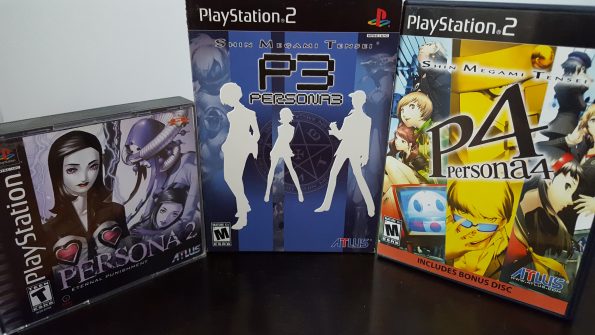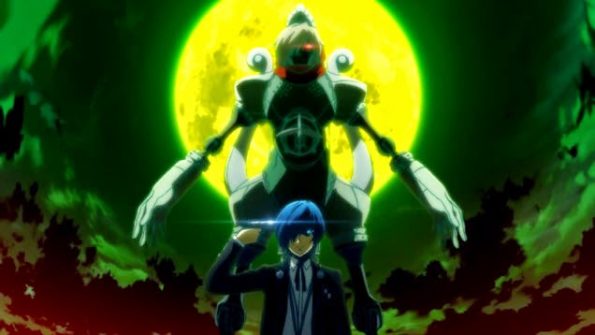Persona : The history of Souls
Persona 5 is finally looming on us, officially releasing in North America in four days now. If you never heard of Persona before, the timing is perfect to introduce you to the series. As September 20th, 1996, Shin Megami Tensei : Persona was released in Japan and then in North America by a company named Atlus. The name of the first game in our part of the World was known as Persona : Revelations.
At the time, the game was pretty unknown to the casual North American gamers, and it kept that status until the release of Persona 3. Nonetheless, the game gained a niche that kept it on a good track for Atlus to release the series in the West. Since the beginning, it built on key concepts that made the game as popular as it is today. The setting is grounded on a urban school life theme, where the characters are Japanese high school students. This theme choice is set upon the fact that everyone in their lives can relate to the hardship of adolescence and what it represents. To that, you add up real life issues, twist it into a dark manifesto of demons and angels, grim crimes and the atonement of one’s true personality. And with that, you have the key components of a Persona game.

To that, you add up real life issues, twist it into a dark manifesto of demons and angels, grim crimes and the atonement of one’s true personality.
The series register itself as a Turn by Turn RPG, a conventional RPG I would personally say. Except for the first one, which use a first person view, it’s also considered as a dungeon crawling game where you explore different areas, in some cases randomly generated, until you reach the end of the level. This only serves as the main core of the game, because even bigger than that is the real life inspired rural exploration, your school life, your relationships and much more side quests to complete. Every game has the story mechanic of Personas, which in the game are the « demons » representing your personality. This power is awoken to you by curious entities named Philemon and Igor, in the Velvet Room, a place between dream and realities. As the story unfolds, the protagonists create bonds with their Personas and social links with others as well. With that in mind, you could play any of the games in the series and look forward for this kind of interactions.
The good thing is, if you wanted to jump in Persona 5 and were wondering, you don’t need to have played all the other games in the series to get into it. There’s a similarity in between the games, such as the demons and returning characters, but the stories are unique, well, aside Persona 2 that has two games, Innocent Sin and Eternal Punishment, but then again you could play only one of them without any issues. That was my case since Innocent Sin didn’t come in North America until it was re-released in 2011 for the PSP.

The Hype of Persona really exploded in 2006 with the third and then in 2008 the fourth installments of the series. The emphasis on real life situations, such as a real date calendar, deeper social links mechanics and complex side stories of many playable and not playable characters gained a lot of attention as a genre. They took the already dark concept of the game to add it into more realistic emotions and personal growth. The game became a stellar example to represent the complexity of being human in our modern society. Atlus managed to understand one of the principal foundation of storytelling video games were lacking, a real connection to the characters and the World around them.
The series was also labeled as a Shin Megami Tensei in the West, since Atlus thought it would help sales to brand it with other games they made in that series. That wasn’t the case in Japan, as Persona always been a series on it’s own there. Persona 5 will be the first game in North America to finally become free of the SMT branding. If you want to learn more about Shin Megemi Tensei, you can go read Apoc’s article about it.
Reviews of the fifth game, releasing eight years later, that’s a whole generation of console skipped, after the fourth one are already flying by and from what I’ve seen, the game kept its reputation of a pillar in its genre. I hope the article made you want to discover the series and look forward for our Persona 5 reviews in two weeks!
We would like to thank fake-magical-girl to let us use her collage from her deviantart gallery.

